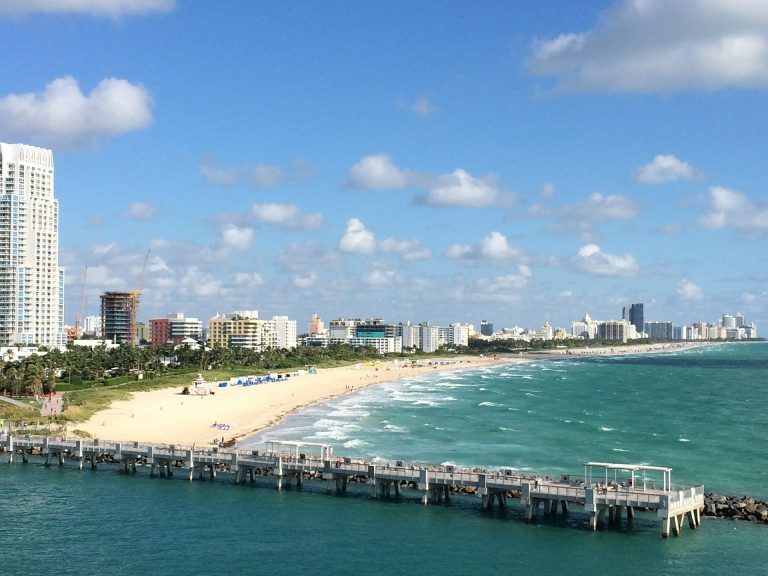Effective March 15, 2022, the EB-5 Reform and Integrity Act re-introduced the regional center program and implemented several changes to the Employment-based fifth preference category immigration visa.
In this article, you will understand the impact of the EB-5 Reform and Integrity Act of 2022.
EB-5 Reform and Integrity Act of 2022 – Full Overview
With the introduction of the recent changes in EB-5 legislation, foreign investors will enjoy greater protections that increase the likelihood of investment success with lower risks involved in the process.
Eligibility Requirements
One of the primary benefits of the 2022 Act was the preservation of eligibility for investors who filed Form I-526 with the United States Citizenship and Immigration Services (USCIS) before the enactment of the new legislation.
While the old rules regulating the regional center program were repealed, pre-investment regional center investors were not prejudiced in the “line” waiting for adjudication.
Another positive novelty is the possibility to file for adjustment of status concurrently with the EB-2 application. This possibility is available for EB-5 investors and their dependents who are already living in the United States under lawful status.
Under INA section 245(k), EB-5 investors now enjoy forgiveness of up to 180 days of status violation when applying for an adjustment of status.
Minimum Investment Amount & Reserved Visas
Also referred to as the “million-dollar visa,” the EB-5 classification has always held applicants to a high standard when it comes to the eligible investment amount. The 2022 Act set the minimum investment amount for standard EB-5 applicants at $1,050,000, with an inflation-based increase every five years.
If the applicant decides to invest in a Targeted Employment Area (TEA), it is possible to qualify for a reduced investment of $800,000. A TEA can be either a rural area or an area affected by high unemployment rates.
USCIS applies the same definition for “rural areas” as before, but now these applications have priority during processing. The definition of “high-unemployment areas” was updated to target the investments more precisely.
USCIS is responsible for determining the high unemployment areas eligible for EB-5 investment, which are valid for two years counting from the project request filing. Renewals are available in increments of two years each.
The reduced investment amount also applies to applicants willing to invest in infrastructure projects, which are endeavors in which a government entity contracts to attract EB-5 investors to finance the development of public works. This option is available for projects not located in a TEA.
Another change is the percentual number of visas reserved for specific investment types. Each fiscal year, USCIS reserves 20% of the total cap for investments in rural areas, followed by 10% for investment in high unemployment areas, and 2% for infrastructure projects.
Unused reserves carry over to add to the percentage reserved for the next fiscal year, but visas unused for a third year are relocated to standard applications.
Do You Want to Obtain an EB-5 Visa? – Immediately Seek Expert Legal Guidance
Navigating the changes in EB-5 legislation is not an easy task if you attempt to do everything on your own. Contact Immigration Attorney Romy B. Jurado today by calling (305) 921-0976 or emailing [email protected] to find the best EB-5 investment strategy for your case.






